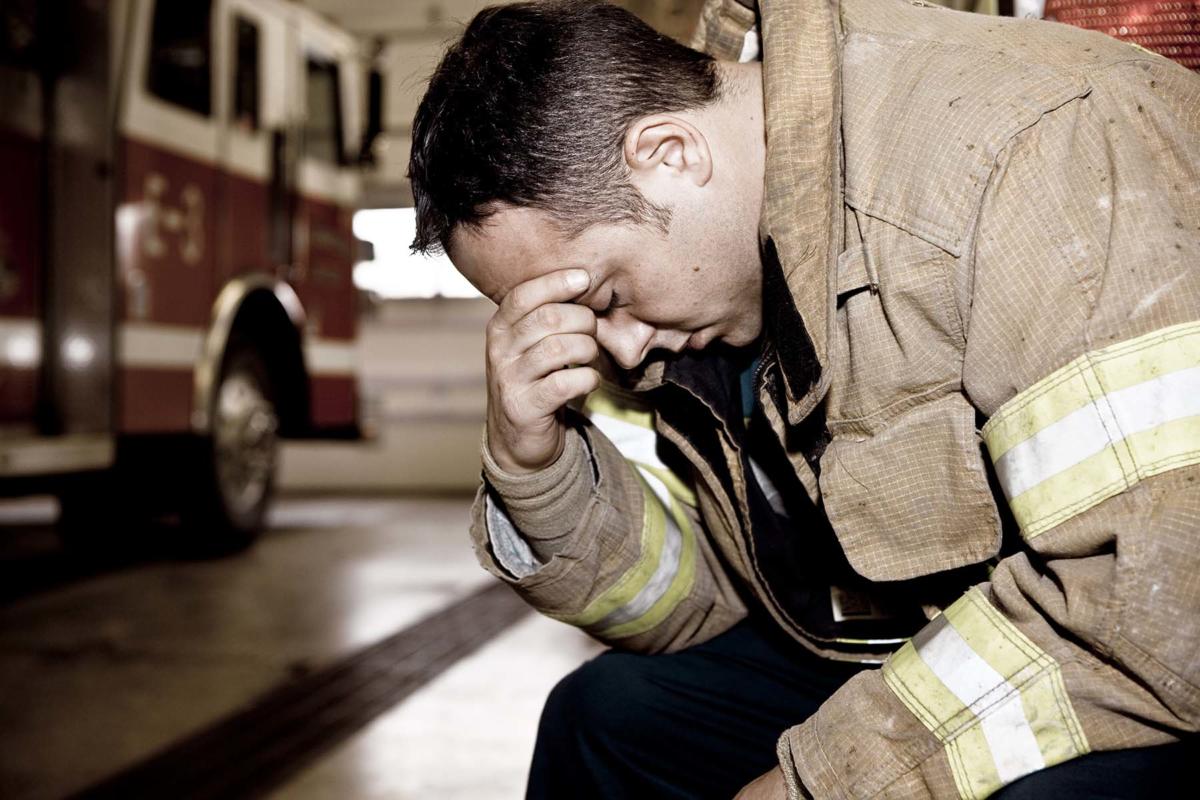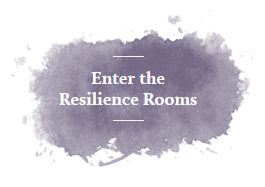Understanding this for the sake of your physical and mental health.
A firefighter and EMS worker I recently saw reported that he had been on the job since he was 18 years old. He recognized that over time his cumulative stress impaired his relationships and ability to relate to others. He was having a challenging time maintaining a long-term intimate relationship because he would waver between being irritable and aggressive and becoming cut off and emotionally distant.
This individual described being one of the first on the scene of two widely publicized car accidents in which children were tragically killed. Just listening to his story brought up profoundly sad visceral feelings within me. I could only imagine how it impacted him over time.
I asked him (and other first responders I see) why he did not seek treatment all along and especially following the circumstances that “haunted” him. He responded that he thought that he “would be perceived as weak,” “could handle it on his own,” and “didn’t have the time to be bothered.”
First Responders’ Cumulative Stress Is a Work Hazard
The situations that first responders are generally faced with are inherently challenging, complex, and dangerous. They are typically the first to arrive on the scene of events involving injuries and loss of life, are confronted with circumstances where their lives are seriously threatened, and likely need to provide emotional as well as physical support to traumatized survivors.
Now with the pandemic, there is an additional layer of stress, with the concern that they will be exposed to and contract Covid-19. Additionally, they may fear potentially having to quarantine, becoming ill, and being out of work for an extensive period of time.
According to Blue H.E.L.P, a nonprofit that works to reduce the stigma around mental health issues in law enforcement, 239 officers died by suicide in 2019 and 173 died by suicide in 2020. A white paper commissioned by the Ruderman Foundation revealed that first responders, including policemen and firefighters, are more likely to die by suicide than in the line of duty. In 2017, there were at least 103 firefighter suicides and 140 police officer suicides. In contrast, 93 firefighters and 129 police officers died in the line of duty.
It is estimated that 30 percent of first responders develop behavioral health conditions including, but not limited to, depression and post-traumatic stress disorder (PTSD), as compared with 20 percent in the general population. In a study about suicidality, firefighters were reported to have higher attempt and ideation rates than the general population.
Vulnerabilities Lead to Risks for Physical and Mental Well-Being
First responders have many vulnerabilities because of their constant exposure to death and destruction. There are other risk factors for them and others who are experiencing cumulative stress that put them at higher risk for Post-Traumatic Stress Disorder (PTSD). Those vulnerable to PTSD are individuals who have experienced prior trauma, are exposed to trauma as children, are female, experienced a high level of physical and psychological hyper-arousal in the period immediately following a traumatic event, had dissociative symptoms and psychic numbing at the time of a traumatic event, presented with depressive symptoms in the initial weeks after the traumatic event, and had Acute Stress Disorder.
First responders must continue to respond despite their level of disturbance, even after concerted effort is put in where they may have “failed” or achieved “unsuccessful” results. This cycle is repeated over many years of service. Some even witness their friends and colleagues being hurt or killed after working in similar ways and situations that they personally do.
Stress varies from person to person. All the symptoms related to stress carry the connotation of unreasonable demands being placed on the individual psychologically, emotionally, and/or physiologically. Stressors can be physical, emotional or both.
Physical and emotional stress often elicit physiological responses that are mediated through the autonomic nervous system. Stress is present in individuals in two major ways through momentary stress and cumulative stress. Momentary stress appears regularly in everyday life.
Combination of Stress Events Detrimentally Impacts Functioning
The prolonged accumulation of momentary stress leads to an increase in long-term cumulative stress and impact on overall health. It is now widely accepted in the scientific and medical communities that chronic stress can have a detrimental effect on mental and physical well-being.
There are also some events that are considered high stress (e.g., death of a spouse or child, divorce, a violent attack, major medical challenges, losing a job, etc.), medium stress (e.g., getting bullied, issues in a marriage, pregnancy, financial difficulties, changing jobs, a child going off to college, moving, etc.) and low stress (e.g., problems with a boss, trouble sleeping, gaining weight, change in working hours or job responsibilities, etc.).
If an individual is experiencing a combination of high, medium, and low stress events in succession over a number of years, it puts them more at risk for anxiety, a somatization of symptoms in their body, and it negatively impacts on their overall coping and functioning. When a person experiences overlapping stress, their mind and body don’t have a chance to recover before they must go into overdrive to deal with the next challenge.
Many individuals are expected to quickly move on without an impairment to their functioning. For first responders who especially need to have precise reaction time, problem-solving skills, agility/mobility, and communication skills, this can be daunting.
Signs and Symptoms of Stress and Where to Seek Help
There are 50 common signs and symptoms of stress some of which include frequent headaches, insomnia, difficulty concentrating, irritability, gastroenterological issues, social withdrawal, etc. According to the American Psychological Association, stress also profoundly affects the body. It’s known from research that prolonged chronic stress leads to memory loss, promotes spread of cancer through the lymphatic system, promotes premature aging, can lead to changes in personality, weight gain, increased risk for cardiovascular events, such as heart attack and stroke, and mental health disorders such as depression and anxiety, and in many other significant ways.
The Code Green Campaign, a first responder oriented mental health advocacy and education non-profit organization identifies activating healthy coping strategies to ease the cumulative effects of stress such as creating a daily routine to help regain a sense of control, exercising, developing a self-care plan, seeking mental health support, etc.
The US Department of Health & Human Services and Substance Abuse and Mental Health Services Administration (SAMHSA) wrote an extensive report on First Responders: Behavioral Health Concerns, Emergency Response, and Trauma.
For first responders or any individual that is experiencing cumulative stress, if left untreated, the level of psychological distress can destroy relationships, ruin personal health, and deprive a person of living a fulfilling life.
There’s a lot of stigma and shame attached to seeking and accepting help. Over time, the symptoms can be exacerbated and become unwieldy. I have seen my share of individuals who finally come in when they’re in extreme desperation and pain. Don’t deny your feelings and help others by getting the support that is needed and deserved.
Here is a guided meditation led by me Dealing With Anger and Stress Through Mindfulness Guided Meditation.
Blog as shared in Psychology Today.



